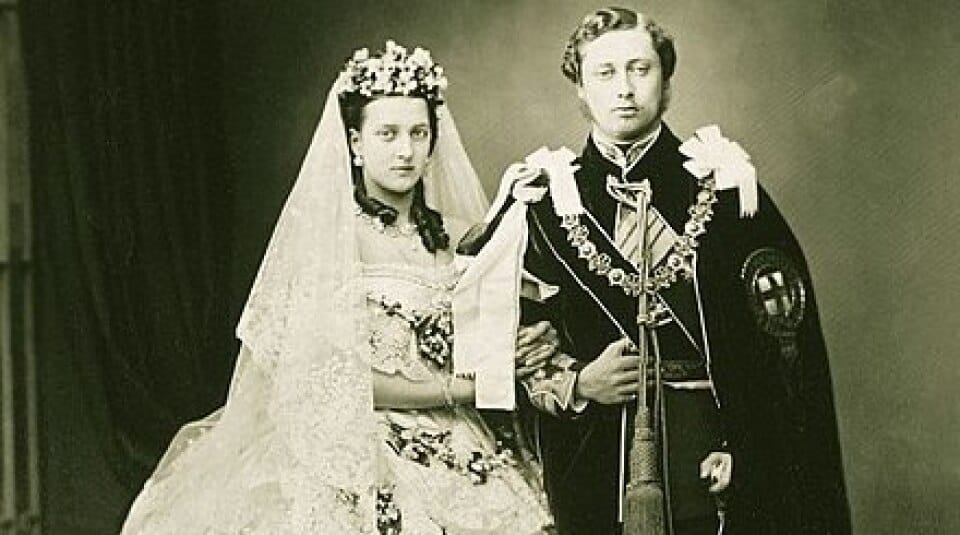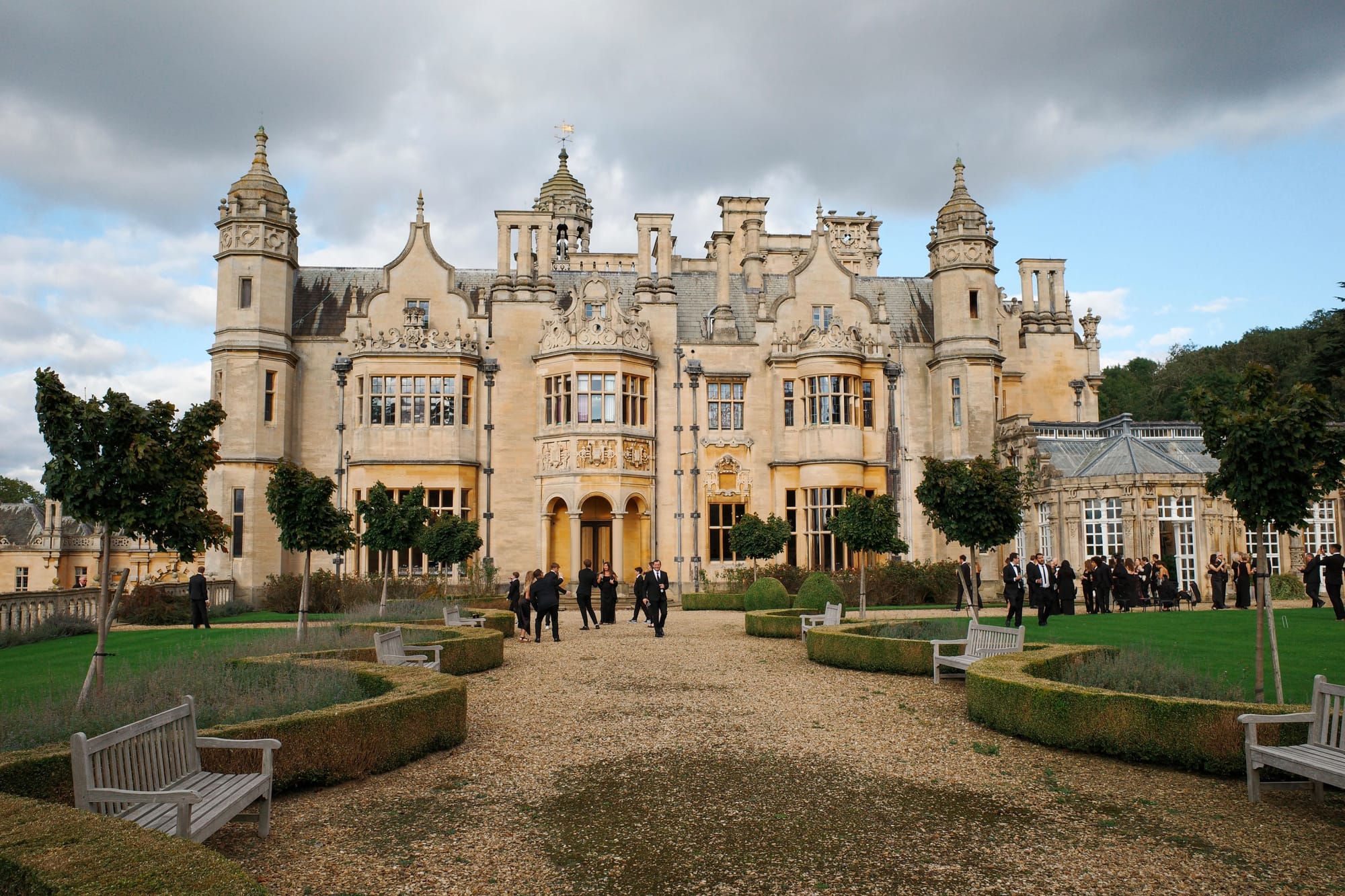The Origins of Royal Ascot: An Aristocratic Tradition

In 1711, Queen Anne, a monarch known for her interest in horse racing, founded the Ascot Racecourse near Windsor Castle. She personally selected the area because it was an open heath with good drainage, ideal for hosting horse races. The inaugural event featured a race known as "Her Majesty’s Plate," with a prize of 100 guineas, a large sum at the time. This marked the beginning of what would become one of the most prestigious and enduring traditions in British high society.
Royal Attendance and Social Significance
From its inception, Royal Ascot was not merely a sporting event but also a grand social gathering, where members of the aristocracy could display their wealth, fashion, and status. Each year, members of the royal family would attend, and over time, it became customary for royalty and the aristocracy to watch the races from the Royal Enclosure, an exclusive area that required special invitations. Dress codes for this section were, and remain, strict, reflecting the formal and elite nature of the event.
In particular, hats and headpieces became an iconic part of Ascot fashion, especially for women. Aristocratic families would plan their outfits well in advance, knowing that Royal Ascot was a place to be seen and to impress. Gentlemen wore morning suits with top hats, maintaining an air of elegance that defined aristocratic identity.
Horse Racing and the Aristocratic Lifestyle
The sport itself held deep significance in aristocratic life. Owning racehorses was a symbol of wealth and prestige, and competition among the nobility to breed and race the finest horses was fierce. Success in horse racing was not only a personal victory but also a marker of one’s standing in the aristocratic world.
For the aristocracy, Royal Ascot was not only about entertainment and fashion, but also networking. It was an opportunity for high-society families to forge alliances, arrange marriages, and solidify their social influence.
Modern Legacy
Though Royal Ascot has evolved and is now attended by a broader range of people, it remains an event steeped in tradition and aristocratic flair. It still maintains a strict dress code in certain areas, including the Royal Enclosure, and continues to attract members of the royal family, keeping alive its centuries-old connection to British aristocracy.
The Field of the Cloth of Gold represents a golden era of aristocratic grandeur, and its legacy continues to symbolize the intersection of sport, fashion, and aristocratic tradition.
A Fall Cocktail to Love: Harvest Moon Sour

The Harvest Moon Sour is a seasonal cocktail that celebrates the flavors of autumn, typically made with whiskey or bourbon, fresh lemon juice, and a hint of maple syrup to evoke the sweetness of the harvest season. The drink often features a splash of apple cider, enhancing its connection to fall's bounty and giving it a crisp, refreshing quality.
Ingredients
1.5 oz Highclere Castle Gin
1 oz Fresh Pressed Cider
0.5 oz Maple Syrup
Juice of half a lemon.
Directions: Shake. Finish with a dash or two Angostura bitter for spiced magic.
Victorian Masquerade Balls: The Royal Celebration of Fantasy and Elegance
During the Victorian era in the 19th century, masquerade balls became a significant social occasion for the upper classes, including royalty. These events, while not strictly tied to Halloween, often occurred around the same time of year and featured costumes, masks, and elements of the supernatural—typical of the season.

Queen Victoria and her husband Prince Albert were known for hosting elaborate balls at Windsor Castle, with a particular emphasis on themed costumes and extravagant displays. These royal masquerade balls were grand affairs where the guests would dress in a variety of lavish costumes inspired by historical figures, fairy tales, and mythological beings. The ballroom would be decorated in the rich Gothic style that was in vogue at the time, giving it a dark yet romantic atmosphere reminiscent of the spooky allure of Halloween.
Costumes and Themes
One of the most famous of these events was the Bal Costumé held in 1842, in which Queen Victoria herself dressed as the Queen of the May, and Prince Albert appeared as Edward III. Although not explicitly related to Halloween, the event emphasized disguise, transformation, and fantasy—all common themes in today’s Halloween celebrations.
Guests would arrive in magnificent costumes, often masked, adding a sense of mystery and intrigue to the event. The aristocracy took these occasions seriously, commissioning elaborate outfits that mirrored historical eras or mythical characters. Popular themes included figures from the medieval and Renaissance periods, Greek and Roman gods, and even supernatural creatures like witches and faeries—evoking a whimsical, magical spirit akin to Halloween.
An Air of Mystery and Playfulness
These masquerades allowed members of the aristocracy, including royalty, to indulge in a temporary suspension of societal norms. With their identities hidden behind masks, they could interact freely with each other, blurring the lines between social classes and creating an atmosphere of playful ambiguity. The element of disguise made these balls exciting and filled with a sense of mystery, much like modern Halloween parties.
Festive Spirit and Lasting Influence
While Queen Victoria's balls were not explicitly Halloween events, the traditions of autumn masquerades and the fascination with the supernatural and fantasy that flourished during her reign closely align with the spirit of Halloween. The Victorian obsession with gothic fiction, ghost stories, and the occult added a darker edge to these festive occasions, subtly contributing to the way aristocratic society embraced the strange and the eerie—much like Halloween today.
In summary, the Victorian masquerade balls hosted by Queen Victoria embodied much of the theatricality, mystery, and fantasy that would later become associated with Halloween, offering a glimpse into the aristocratic penchant for lavish celebrations and imaginative costumes during the autumn months. These events were a chance for the royal family and their courtiers to revel in a world of make-believe, leaving behind their everyday roles for an evening of elegance and mystery.
Feature: Harlaxton Castle Manor

Harlaxton Manor, located in Lincolnshire, England, is an exquisite example of a British country estate that combines stunning architecture, rich history, and a picturesque setting. The manor has evolved over the centuries, serving various purposes, including that of a private residence and an educational institution. Its unique history reflects broader trends in British society, architecture, and the aristocracy.
Early Beginnings
The estate's roots trace back to the 12th century, originally serving as a manor for local nobility. The name "Harlaxton" is derived from the Old English words “Heorot” (deer) and “Axe” (river), indicative of the area's natural beauty and wildlife. However, the manor as we know it today began to take shape in the 19th century.
The 19th Century Transformation
In 1837, the estate was purchased by Gregory Gregory, a wealthy businessman and landowner who significantly transformed Harlaxton Manor. He commissioned the renowned architect William Burn to design a grand new house, which was completed in 1871. Burn's design was heavily influenced by the Elizabethan and Jacobean architectural styles, creating a stunning blend of Gothic and Renaissance elements.
The resulting structure features intricately carved stonework, imposing towers, and lavish interiors, all surrounded by beautifully landscaped gardens. The manor was built with local limestone, lending it a distinct character and elegance that made it stand out among other country estates.
The Role of the Manor in the 20th Century
Throughout the early 20th century, Harlaxton Manor continued to serve as a private residence for the Gregory family. However, the two World Wars had a profound impact on the estate. During World War I, the manor was used as a hospital for injured soldiers, providing critical care and support during a time of national crisis.
In the aftermath of World War II, the estate fell into disrepair, reflecting the broader economic challenges faced by many country estates across Britain. The decline of the aristocracy and changing social norms prompted a reevaluation of such grand residences.
The Transformation into an Educational Institution
In 1979, Harlaxton Manor underwent a significant transformation when it was purchased by the University of Evansville in Indiana, USA. The manor was restored to its former glory and repurposed as a study abroad program facility for American students.
The university's investment in the property breathed new life into the estate, preserving its historical and architectural significance while adapting it for contemporary use. Today, Harlaxton Manor serves as a vibrant center for education, attracting students from around the world who come to experience British culture and history in this stunning setting.
Architectural Features and Gardens
Harlaxton Manor is renowned not only for its grand architecture but also for its meticulously maintained gardens. The estate features beautifully landscaped grounds designed by notable landscape architect William Kent, including formal gardens, woodland areas, and a picturesque lake. The gardens reflect the English landscape tradition, offering visitors a serene environment to explore.
The interior of the manor is equally impressive, showcasing ornate woodwork, intricate plaster ceilings, and an impressive collection of art and antiques. The grand staircase, magnificent drawing rooms, and opulent dining areas reflect the manor’s aristocratic heritage.
Rich History
Harlaxton Manor is a testament to the rich history of British country estates, embodying the elegance and grandeur of the 19th century while adapting to modern educational needs. Its architectural beauty, historical significance, and picturesque gardens make it a unique and cherished landmark in Lincolnshire. As it continues to serve as an educational institution, Harlaxton Manor stands as a bridge between the past and present, inviting future generations to appreciate its heritage and beauty.
The Eighth Inc. c/o Historical Heritage
46 Plains Road
Essex, CT 06426
©2024 Historical Heritage | newsletter@historical-heritage.com | Privacy Policy
